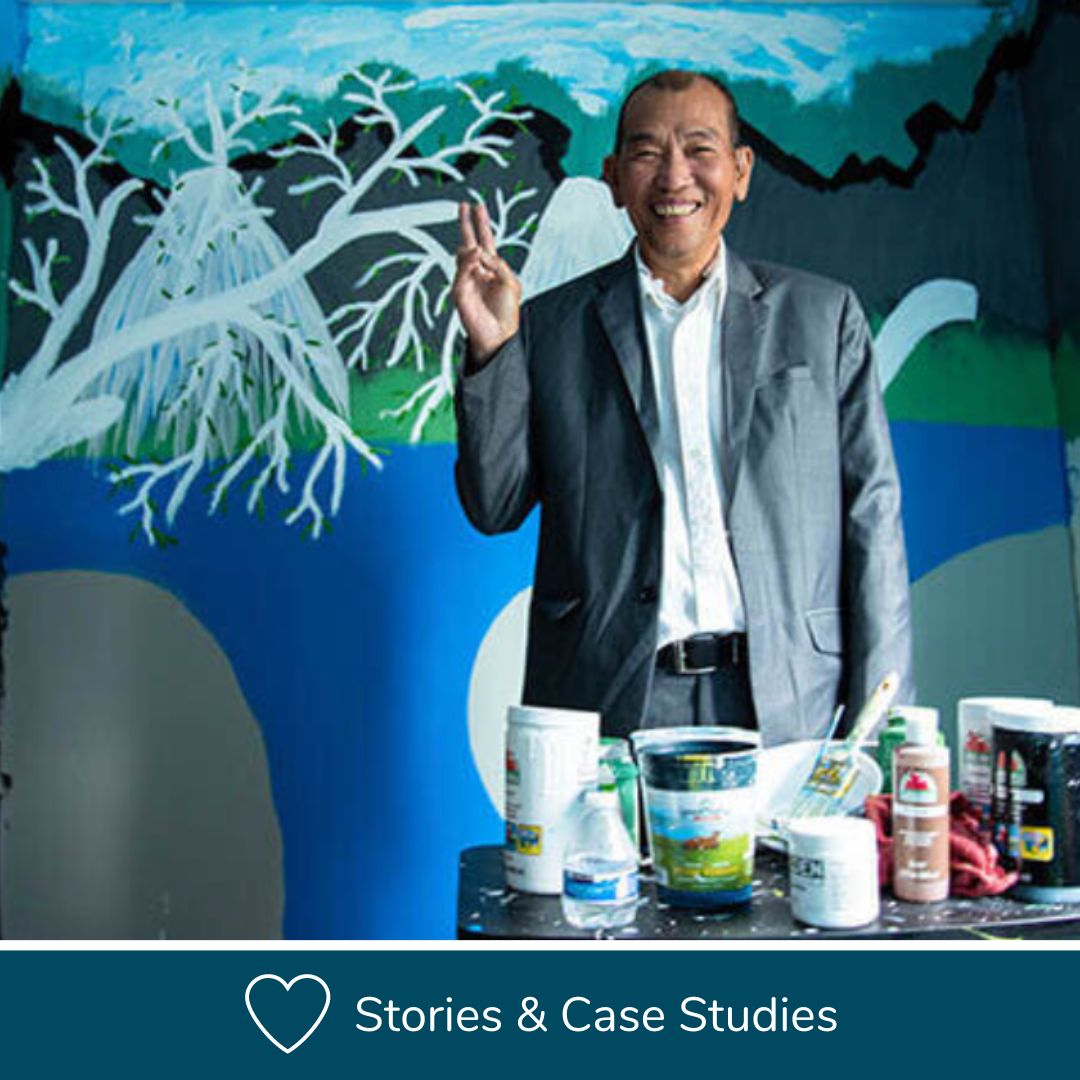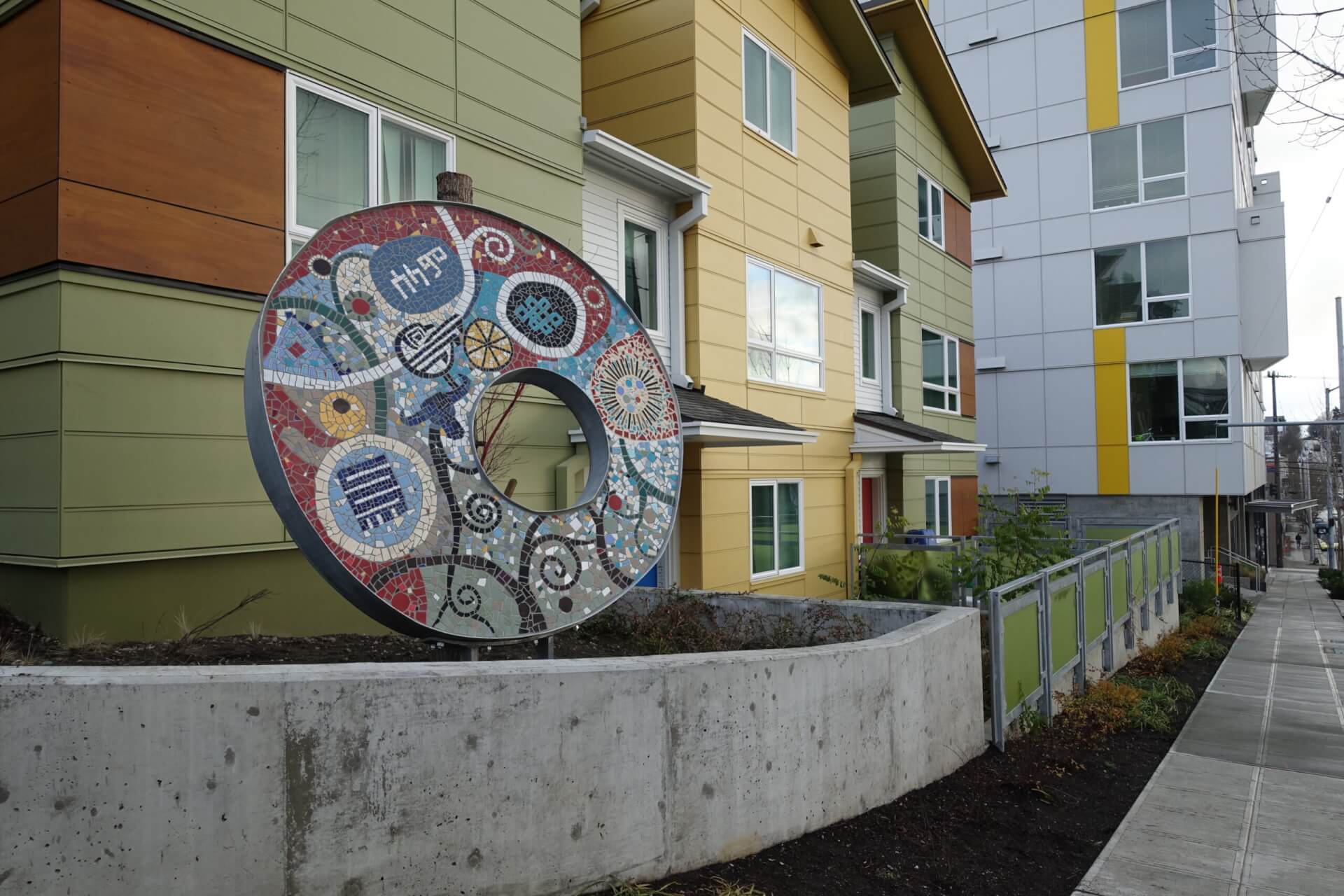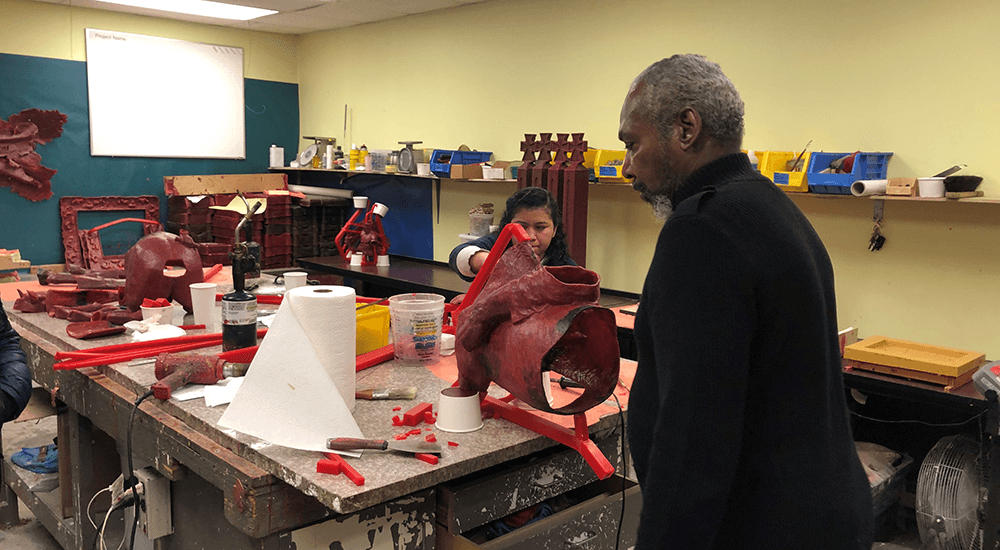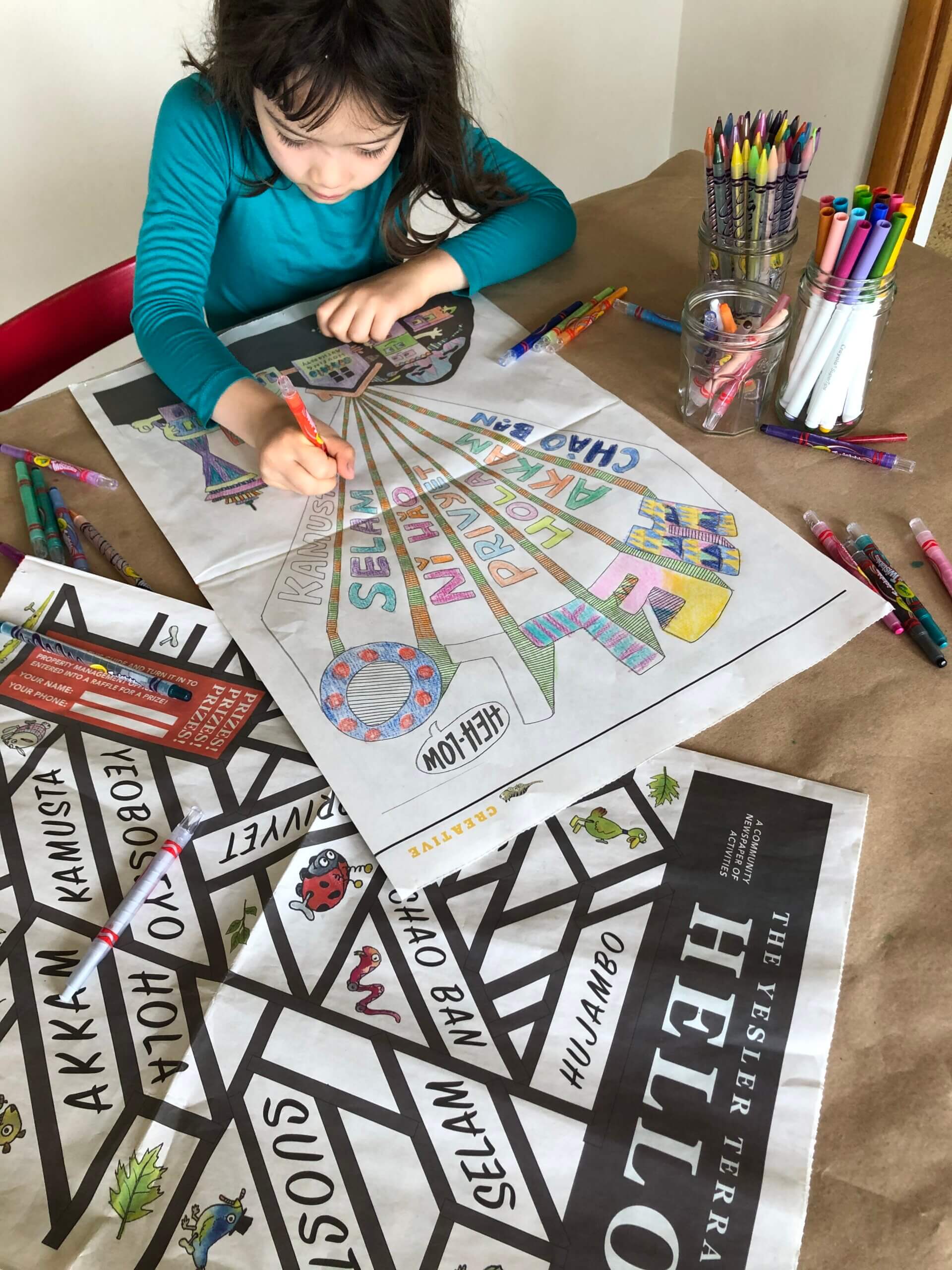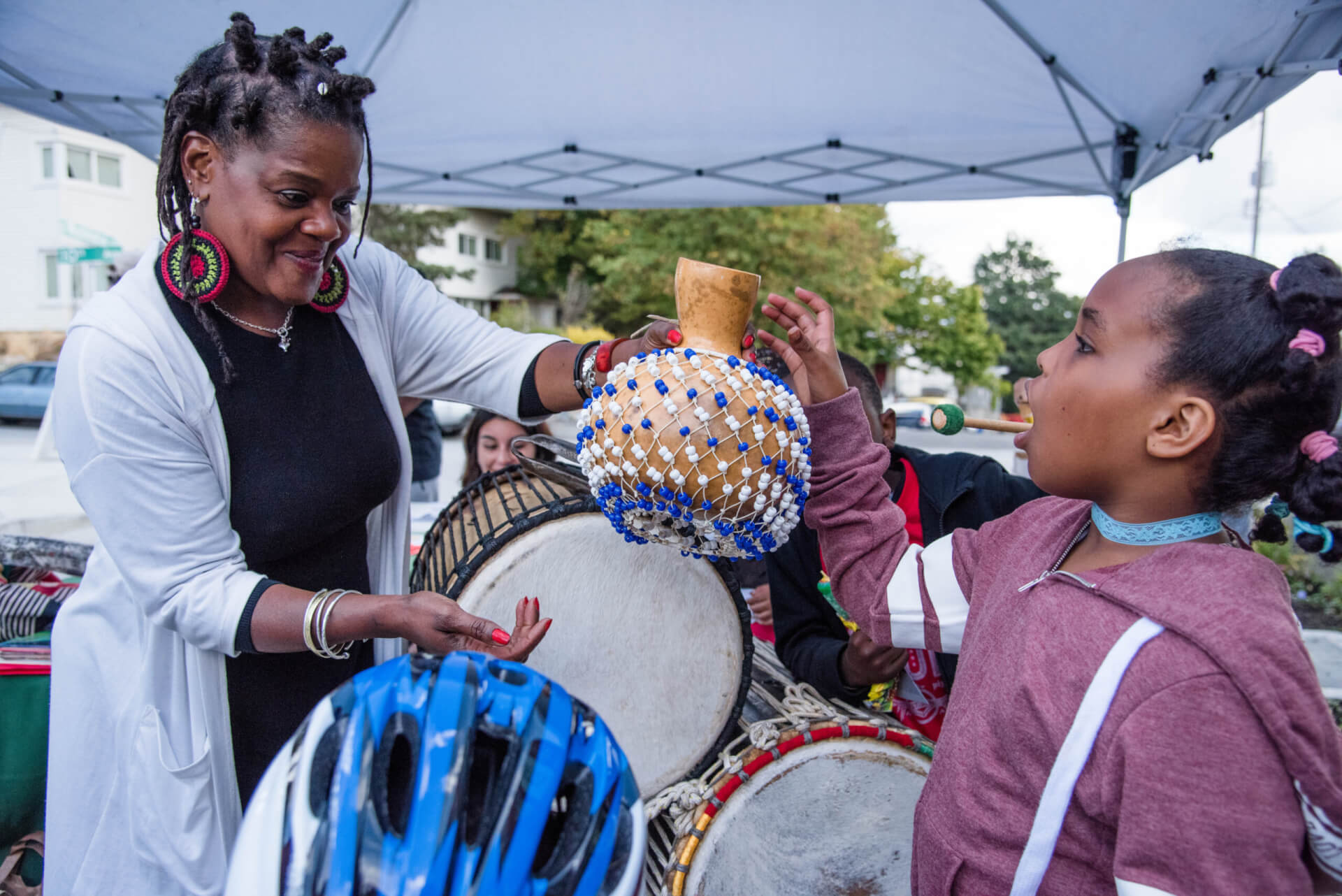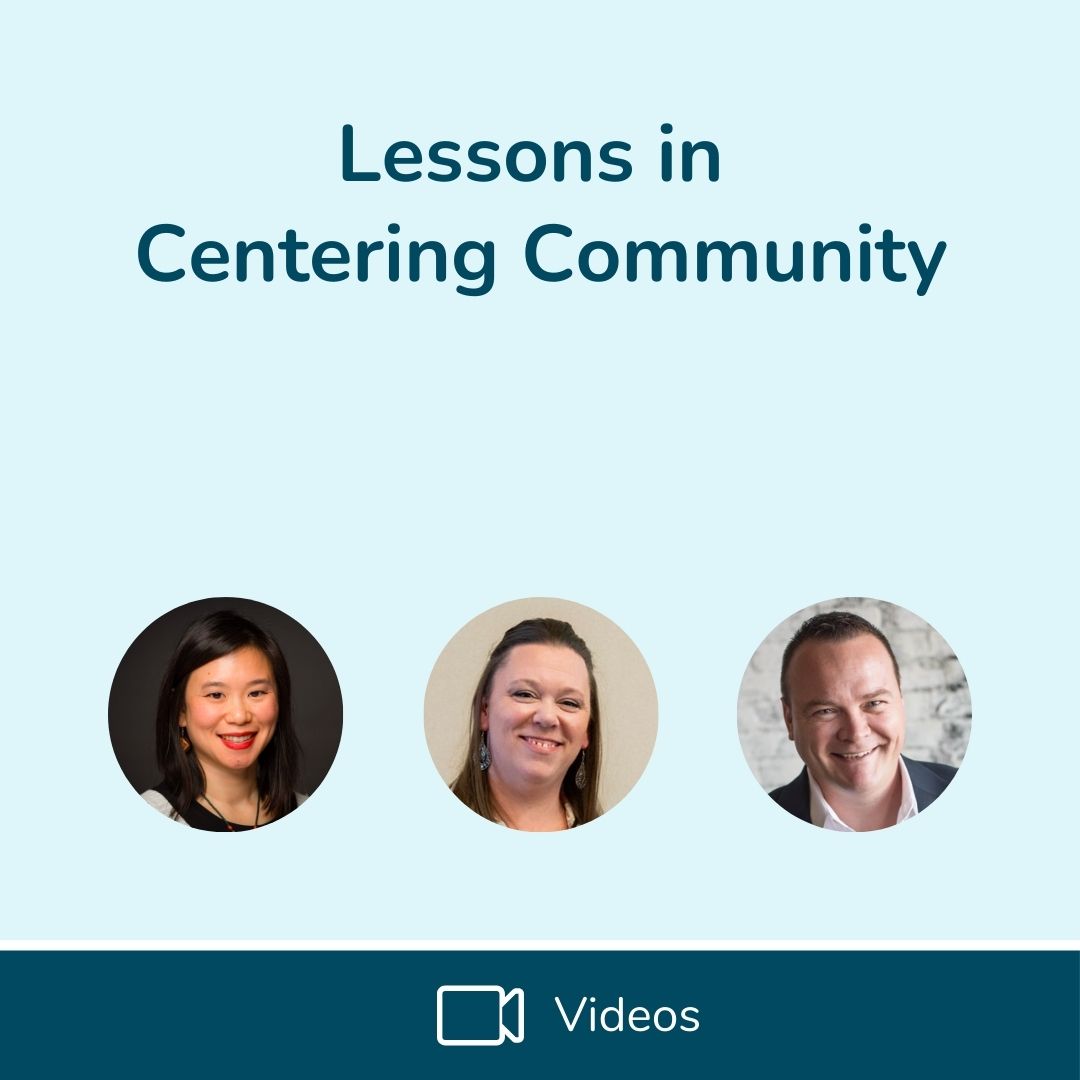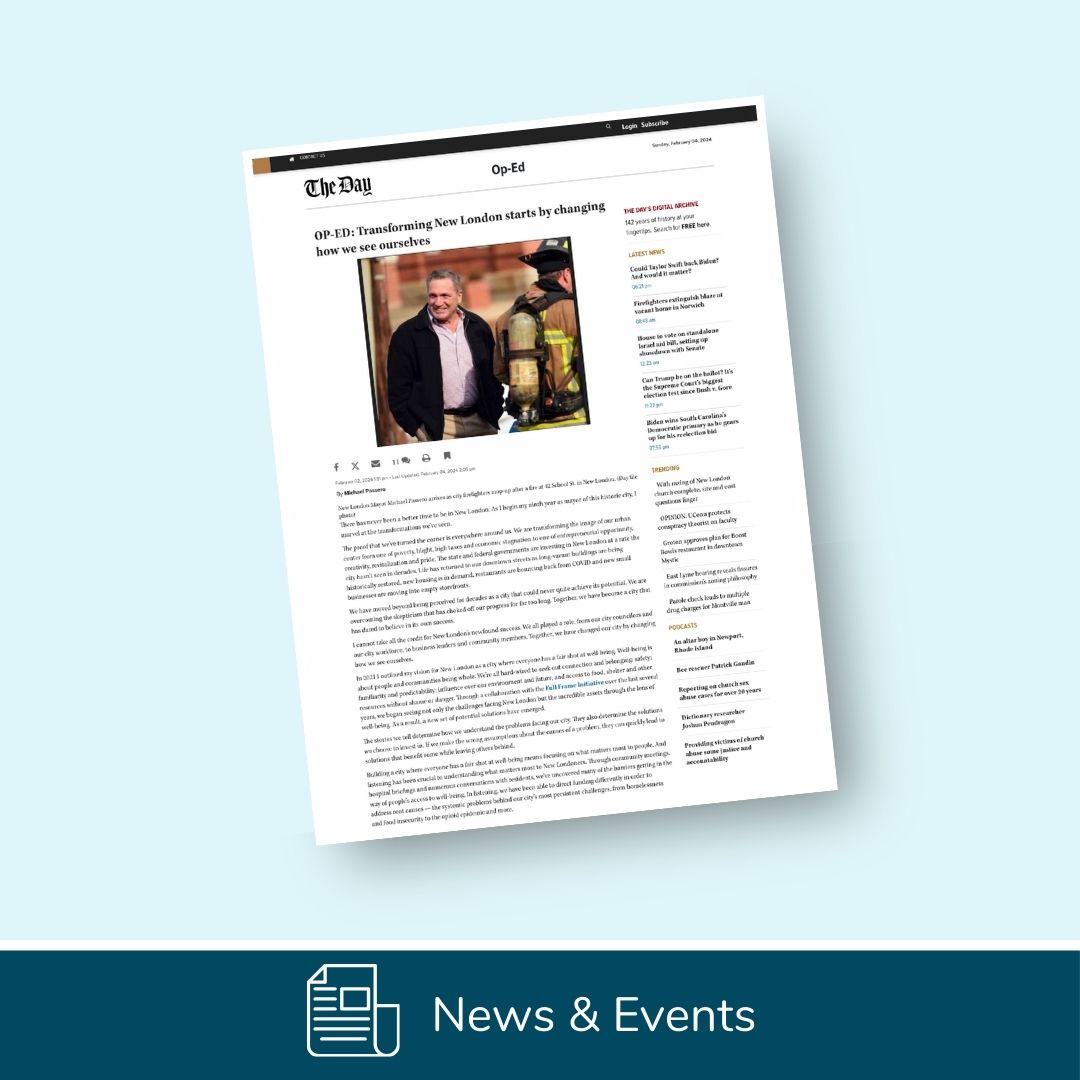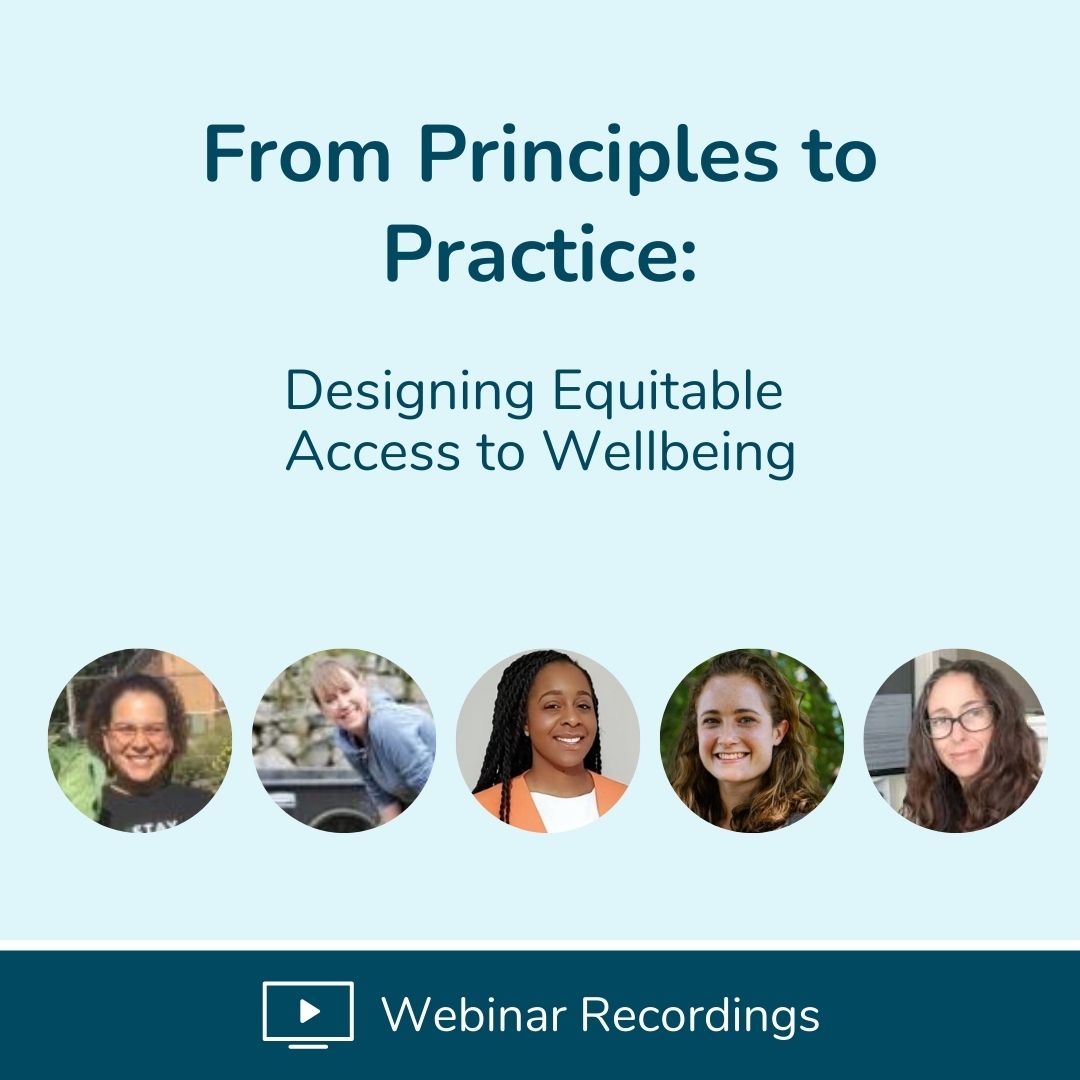Through arts and culture programming, the Seattle Housing Authority’s revitalization of Yesler Terrace has helped residents strengthen connections, sustain culture and amplify their voices during a time of considerable change.
The Problem
Yesler Terrace is a 30-acre public housing development near downtown Seattle. Developed in 1941, Yesler was the city’s first publicly subsidized, racially integrated public housing community. By 2006, its 561 units were beyond repair, infrastructure had severely deteriorated and living conditions were increasingly unhealthy. It was clear that Yesler needed to be redeveloped.
However necessary, redevelopment can be disruptive and challenging for residents. Large scale construction and an influx of new residents threatened to overwhelm Yesler’s vibrant, deep-rooted community. A thoughtful and creative revitalization plan was needed to foster a sense of belonging during a time of immense change.
The Solution
What makes Yesler’s revitalization unique is the full integration of arts programming into the redevelopment process. More than one-off murals and sculptures, Yesler’s arts and culture programs bring creativity and resident voice into community planning.
A key feature is an artists-in-residence program that brings in artists to help strengthen the sense of community at Yesler. Artists attend neighborhood gatherings as they build relationships within the community and develop arts programs that are responsive to residents’ needs during redevelopment. These programs are as diverse as Yesler’s residents, from painting classes and literary arts workshops to oral history projects and artisan sewing collectives.
Jennifer Song, administrator for arts and culture programming at Yesler, describes the importance of creating experiences for residents, rather than prescribed activities or outcomes. “Focusing on experiences allows us to prioritize process over product, which, at a very basic level, allows us to fail at things,” says Song. “We are constantly tuning our programs to resident feedback and community needs, which can mean that sometimes programs just don’t work out, or we need to make fast changes.”
The Impact
Arts and culture programming has helped Yesler residents strengthen connections, sustain culture and amplify their voices during a time of considerable change. Art brings people together, giving residents the opportunity to socialize and connect in new ways. Cultural activities intertwine with arts programming at Yesler, providing opportunities for an array of residents to celebrate and share traditions with one another. Regardless of whether they identify as artists, residents are actively defining and building Yesler’s new culture by participating in the act of creative expression.
“Low-income people and people of color are often asked and expected to be quiet, but the arts give you a platform for being seen and for being heard,” says Rachael Steward, Seattle Housing Authority’s community services administrator. Because the arts are accessible to all residents, anyone is able to express their experiences, values and voice to the community at large. At Yesler, arts programming has helped residents regain a sense of ownership, voice and belonging in the place they call home, while helping people cope with change.
Wellbeing in Action
5.1.1 Include arts and culture in community assessment, design and change processes.
Traditional community change processes that focus on the creation of written reports and action plans often leave out the very people who will be instrumental in driving and supporting the proposed change. To combat this, the Wellbeing Blueprint recommends bringing people together and leveraging community assets through the arts.
When we see arts and culture as luxuries or “nice-to-have amenities,” we reinforce harmful narratives about what public housing communities and their residents want, need and deserve. We should all have access to arts and culture, regardless of socioeconomic class or housing status.
The arts are at the heart of an equitable society and central to the human experience because they tap into our universal drive for wellbeing. They speak to our sense of mastery – the ability to influence what happens to us and shape our immediate environment. Art is also a tool for building social connections and strengthening relationships, especially when done in a community setting. Art can help create a sense of safety for people, especially those who fear harm due to their experiences with oppression. Art allows us to express ourselves in ways that are meaningful, providing a voice to those who may feel powerless and unheard.
When incorporated into community assessment, design and change processes, the arts enable us to see people as their authentic selves and leverage their strengths to more effectively support the proposed change. The Wellbeing Blueprint sees arts as a pathway to wellbeing and not just as a therapeutic tool for when we do not have access to wellbeing.
Explore the Blueprint
